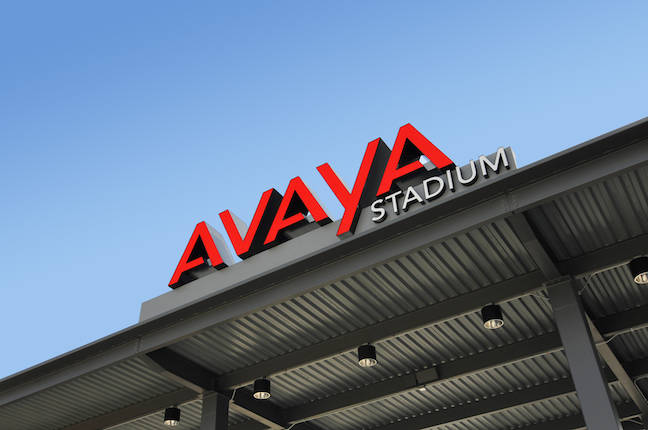View Apple iCloud here
As an Apple user, you’ll have heard of iCloud, but we don’t blame you if you find it confusing. It’s Apple’s own cloud-based storage system, and if you own an iPhone or iPad and have an Apple ID, you’ll have 5GB free storage.
It’s the easiest way for those bought into the Apple ecosystem (users of iPhone, iPad and Mac) to sync contacts, notes, files, photos and more across devices and access them on all their devices. For example, you can use the Files folder on an iPhone or iPad to view all your files stored in the cloud.
Because it integrates so seamlessly with all of Apple’s products and services, iCloud really is the best cloud storage solution for someone who is all-in with Apple. And I do mean all-in: All your computers are Macs, your mobile devices are iPhone or iPads, you work in Apple’s productivity software (Pages, Numbers, Notes), and so on.
Frustratingly, Apple only provides a paltry 5GB of free iCloud storage, which isn’t so bad if all you want to do is store some Pages and Numbers documents, but is grossly inadequate for photos and videos. Apple is years overdue for increasing this limit (Google offers 15GB free), but at the very least, it should stop counting iOS backups against it. Since the fall of 2021, Apple has offered to “loan” you as much iCloud storage space as you need to backup and restore your data onto a new device, for up to two weeks. It’s a good feature for those buying a new Apple device, but it won’t help you protect your data if your iPhone gets lost/stolen/damaged.
From there, it’s $0.99/£0.79 per month for 50GB, $2.99/£2.49 for 200GB, or $9.99/£6.99 for 2TB. You can enable family sharing on the 200GB and 2TB plans—if you do, it doesn’t mean your family members can see all your cloud stuff. It just means your whole family’s iCloud usage will count against the same storage limit. These paid tiers are now branded ” iCloud+” and include several new benefits. There’s iCloud Private Relay, free storage for HomeKit enabled security cameras, a Hide My Email feature, custom domain names for iCloud email accounts, and additional contact options for recovering your account. These are all excellent features that help solidify our view that iCloud is by far the best choice for those who are all-in on Apple devices.
The main benefit of paying for more iCloud storage is that nearly all of Apple’s apps can seamlessly sync through it. Photos, productivity apps, Mail, Calendar, and anything you drop into your iCloud Drive folder in Finder on a Mac are immediately available across all your Apple devices. A significant number of iOS apps optionally back up and sync through iCloud, too.
If you rely on non-Mac computers or non-iOS mobile devices from time to time, you’ll find iCloud’s limitations frustrating. Apple provides a full suite of web apps at iCloud.com, but they’re sort of mediocre. Apple provides an iCloud Windows app that syncs data and integrates your iCloud mail with common Windows apps like Outlook, but there are no native productivity apps for Windows or Android: If you want to edit a Pages document, you have to use the web interface.
We like using iCloud, but we also pay for it. Most decent cloud services require you to pay a small fee.
If you’re a heavy Apple user, you might consider the Apple One service bundle. It’s much more than a cloud storage solution, and thus beyond the scope of this article, but the value offered may tip the scales in iCloud’s favor for you.




















Discussion about this post